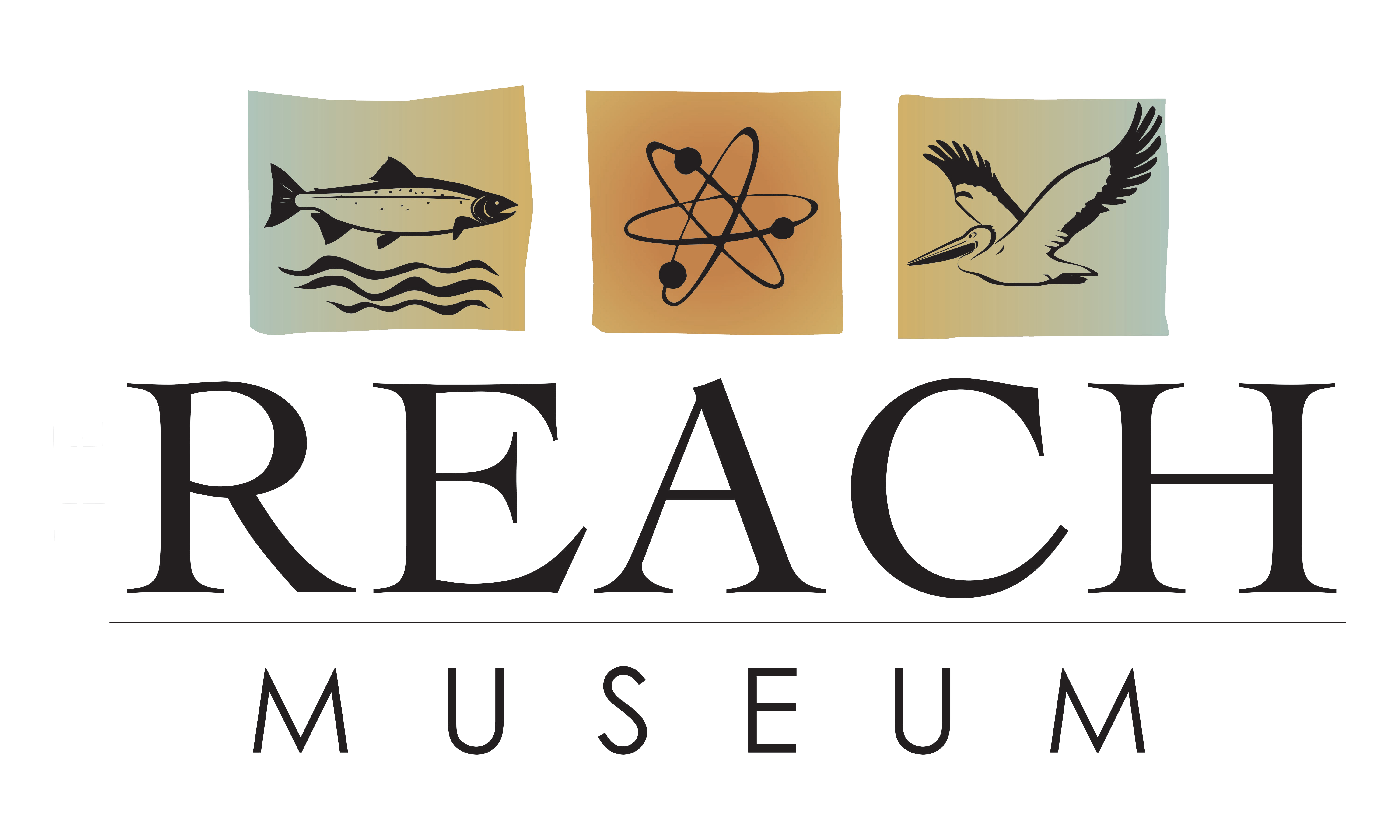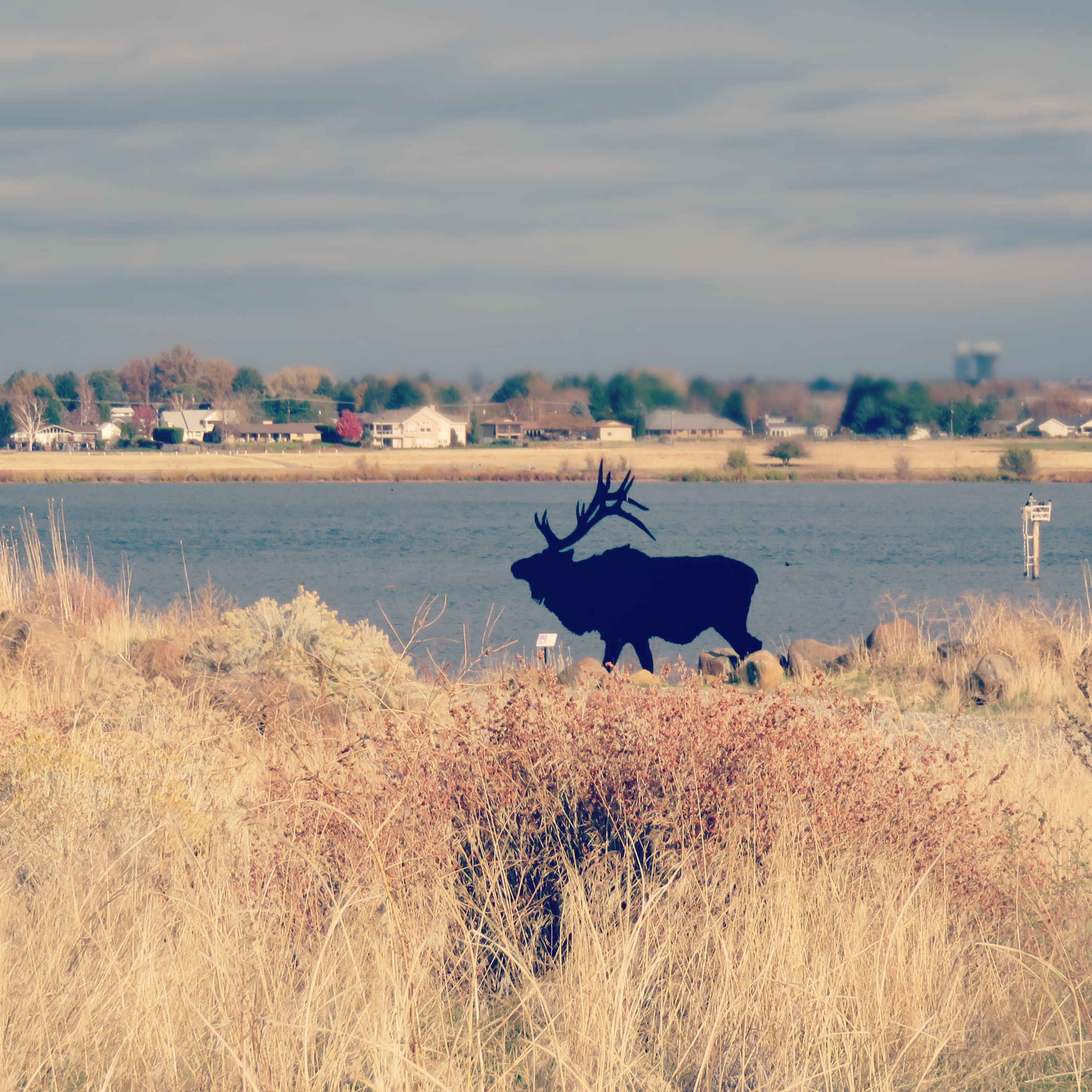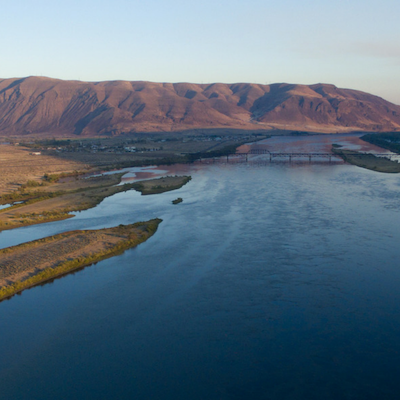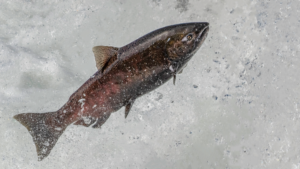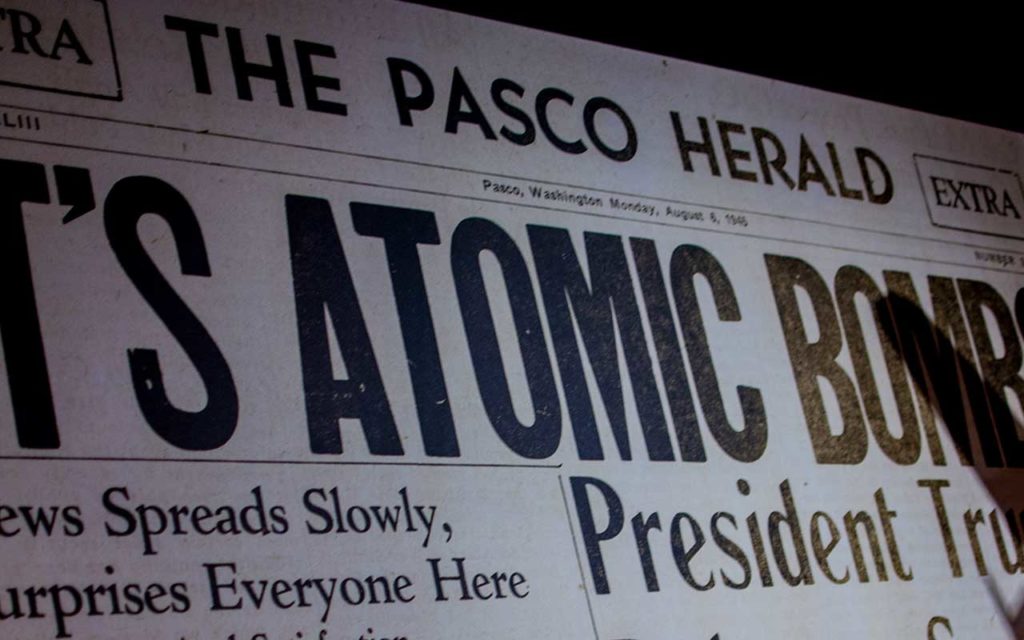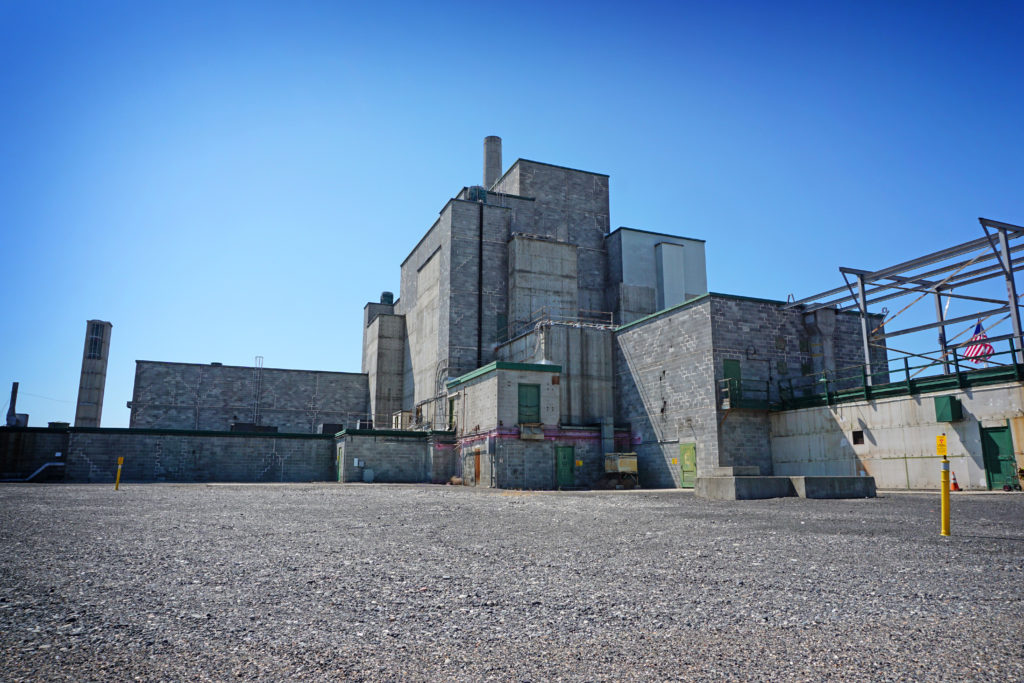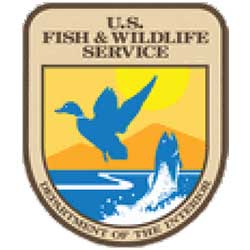Presidential Proclamation
Do you know how Presidential Proclamations are passed? The story might start earlier than you think.
In 1988 Senators Dan Evans and Brock Adams introduced Public Law 100-605 to authorize a study of the Hanford Reach for potential consideration as a Federal Wild and Scenic River. The next year, the National Park Service created a task force to study and then draft an environmental impact statement for why the Hanford Reach should be considered for inclusion. Five years after that, the NPS concluded that the Hanford Reach should be included as a recreational river in the National Wild and Scenic Rivers System.
From 1995 to 1997, three polls were conducted, one by the Benton County PUD, one by the Grant County PUD, and another by the Audubon Society. All showed with overwhelming support that Mid-Columbia Basin residents wanted federal action so the last undammed section of the upper Columbia River, the Hanford Reach, would be permanently protected as America’s next Recreational Wild & Scenic River.
Senator Patty Murray first introduced legislation regarding the Hanford Reach in 1995 but it wasn’t until 1997 that the Hanford Reach Wild and Scenic bill was introduced to the 105th Congress. At this time there was a direct conflict between Murray’s bill and Representative Richard Hastings’s HR 181, which would give control of the Hanford Reach to local county governments. So much debate and conflict arose that it required a special hearing before the Committee on Energy and Natural Resources. Approximately 2,000 people showed up for the Congressional Field Hearing in Mattawa, WA (one of the largest events ever held in Mattawa).
Urging federal protection of the Hanford Reach, Senator Murray said that if Congress did not act within a year, she would support administrative action such as an executive order to protect the Hanford Reach.
By 1998, House Joint Memorial 4025, a petition to support Hasting’s bill was introduced into the Washington State Legislature. Washington’s governor at the time, Gary Locke, still supported Murray’s Wild and Scenic Bill with continued federal ownership of the Wahluke Slope. The major flaws seen in Hasting’s bill were the biases toward local control, the appropriate jurisdictions not sufficiently represented, the financial responsibilities not evenly distributed, and actual management of the river was not included.
Letters and phone calls made by local conservation groups and members of the general public were absolutely instrumental in Hasting’s bill dying in the first House committee session. However, only months later, the bill was resurrected in state legislature under a law that allows environmental bills exemption from the committee deadlines. This time the legislature only had one week to pass both the House and Senate and the clock ran out.
On April 6, 1998, American Rivers, a national river conservation organization, named the Columbia River’s Hanford Reach as America’s Most Endangered River. Still, this designation did not protect the Hanford Reach by law.
Later that year, Speaker of the House of Representatives, Newt Gingrich, toured the Hanford Reach. On a separate visit, Katie McGinty, Chair of the President’s Council on Environmental Quality also toured the Hanford Reach. After her visit, McGinty said that President Clinton was absolutely determined that the land surrounding the Hanford Reach would remain in federal control and public ownership. She also mentioned that it was irresponsible to give away several million dollars of public land to private interests at the expense of the environment.
By 1999 the City of Richland and the City of Kennewick Councils had endorsed the Wild & Scenic designation for the Hanford Reach and Senator Murray and Representative Norm Dicks were expected to introduce legislation to designate the Hanford Reach as a National Recreational Wild and Scenic River again. This designation would permanently protect the 51-mile section of the nation’s third-largest river that flows through the northern portion of the U.S. Department of Energy’s Hanford Reservation.
On April 10th, 1999, the Lower Columbia Basin Audubon Society congratulated Secretary of Energy, Bill Richardson, for taking a historic step in protecting the Hanford Reach ecosystem by proposing that all Department of Energy lands on the Wahluke Slope be managed as a National Wildlife Refuge under the stewardship of the U.S. Fish and Wildlife Service (USFWS).
Once again, it was local conservation groups and members of the public that made a difference when the U.S. Dept. of Energy took public comments on its Revised Draft Hanford Remedial Action Environmental Impact Statement and Comprehensive Land Use Plan (HRA EIS); a plan to determine land use classifications for the entire Hanford area for at least the next 50 years. The two options proposed were to designate the vast majority of the Wahluke Slope for preservation as a National Wildlife Refuge or to open up about 2/3 (almost 60,000 acres) of the Slope to agriculture.
In the end, President Clinton sided with the conservation groups and expanded the national wildlife refuge system on the Wahluke Slope of the Hanford Reach. Conservation Chair of the Lower Columbia Basin Audubon Society, Rick Leaumont’s response was, “We congratulate President Clinton, Energy Secretary Richardson, and the U.S. Fish and Wildlife Service for taking a historic step in protecting the Hanford Reach ecosystem by transferring management of the entire Wahluke Slope to the U.S. Fish and Wildlife Service to be managed as a permanent national wildlife refuge. That’s an additional 57,000 acres transferred to the refuge to help protect critical salmon spawning habitat and the Reach itself.”
As you may know by now, President Clinton issued an executive order designating the Hanford Reach a National Monument on June 9, 2000. This designation protected over 196,000 acres of land and the last free-flowing section of the Columbia River.
If you don’t remember the saga spanning nearly twenty years, you might recall in more recent history, President Donald Trump signing an executive order in 2017 directing the Department of Interior to review 27 national monuments, including the Hanford Reach. During a public comment period, the Department of Interior received nearly 1.2 million comments, including nearly 70,000 comments mentioning the Hanford Reach National Monument, many in the form of letters. Suffice to say, the Hanford Reach remains a National Monument.
“Never doubt that a small group of thoughtful, committed citizens can change the world. Indeed, it is the only thing that ever has.” – Margaret Mead
